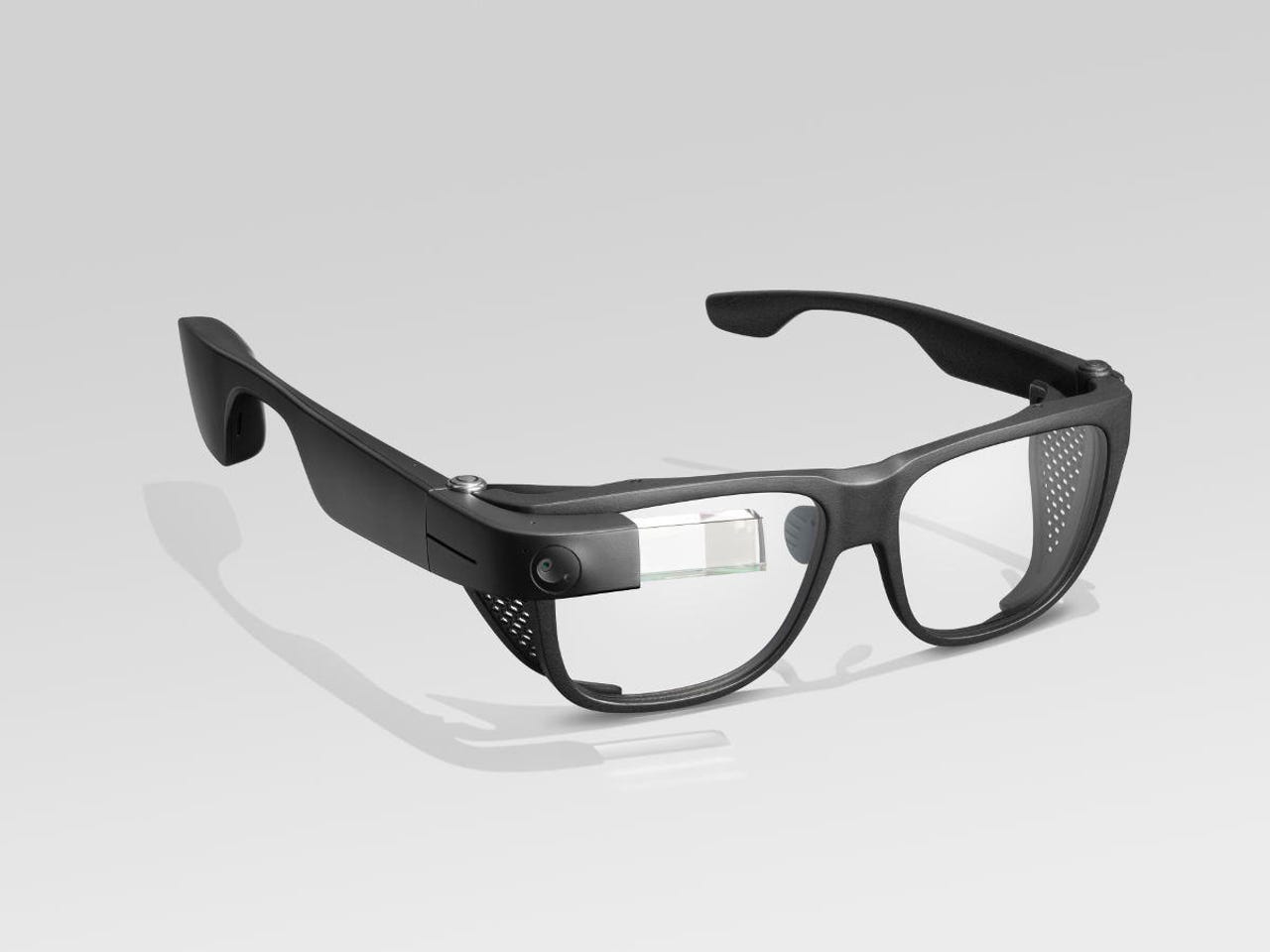Mixed reality: Google punches back with Glass Enterprise Edition 2


See als
After rising from the rubbish bin of great consumer tech that fell flat, Google Glass has pulled off an unexpected second act bringing mixed reality to the enterprise. Today, Google is launching Glass Enterprise Edition 2.0, an upgraded version of its enterprise headset that has a significant computing boost.
With mixed reality spreading across various sectors to help in workforce training and better arm field service workers, Glass is competing with headsets like the more-capable HoloLens and new-kid-on-the-block ThinkReality A6 from Lenovo.
"As our customers have adopted Glass Enterprise Edition, we've received valuable feedback that directly informed the improvements in Glass Enterprise Edition 2," says Jay Kothari, Project Lead, Glass. "We're committed to providing enterprises with the helpful tools they need to work better, smarter and faster, and we're excited to see how our partners and customers will continue to use Glass to shape the future of work."
We got a peek at the second Glass Enterprise Edition following leaks earlier this year. The new headset uses the Qualcomm Snapdragon XR1 platform, featuring a more powerful multicore CPU and AI engine. Physically, the form factor has also received a workmanlike upgrade. Google partnered with Smith Optics to create Glass-compatible safety frames for demanding work environments like factory floors.
Must-see offers
Other upgrades include expected refreshes of the cameras, faster recharging via a USB-C port, and better battery life. The headset is built on Android, and it supports Android Enterprise Mobile Device Management.
"Over the past two years, we've collaborated with our partners to provide solutions that improve workplace productivity for a growing number of customers -- including AGCO, Deutsche Post DHL Group, Sutter Health, and H.B. Fuller," says Kothari. "We've been inspired by the ways businesses like these have been using Glass Enterprise Edition. To meet the demands of the growing market for wearables in the workplace, the Glass team has moved from X to Google in order to better scale our enterprise efforts moving forward."
The intriguing thing about mixed reality in the enterprise is just how diverse the penetration has been to date. Headsets like Glass are used in environments ranging from logistics warehouses to manufacturing floors. Field service workers connect to home base experts via headsets during service calls, accessing checklists, instructions, specs, and video tutorials.
The skills gap and a tight labor market have only helped the case for mixed reality on the job site. On-the-job guidance has been an early use cases to help AR break into the mainstream.